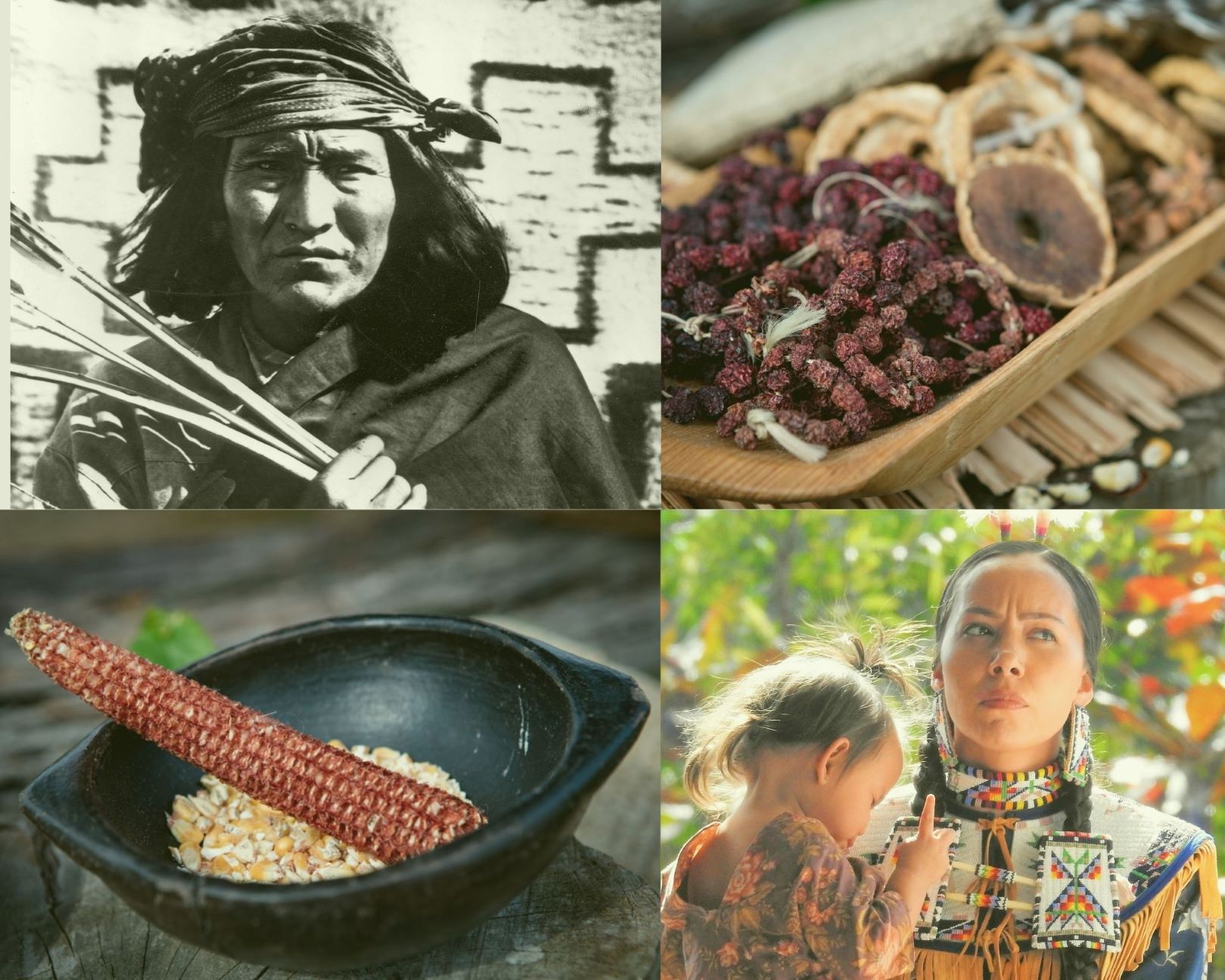
Last updated on December 5th, 2022 at 08:38 am
AgriSafe would like to recognize how the sacrifices of Native American farmers have shaped today’s agriculture. America’s agriculture industry would not be the same if it were not for the contributions of Native American farmers.
Did you know?
- Native Americans were the first to learn to grow and use: potatoes (white and sweet), beans (14 varieties), corn, peanuts, pumpkins, tomatoes, squash, peppers, melons, sunflower seeds, popcorn, wild rice, cranberries, maple sugar and syrup, turkeys, clam bakes, pemmican, jerky, pineapple, avocado, tapioca, chocolate, chewing gum, and vanilla.
- Native Americans were the first to learn to grow and use: tobacco, cotton, and rubber
- 60% of the present world’s food supply comes from Native American agriculture (primarily consisting of corn and potatoes).
- Countless Native American words for food have become part of the English language (chocolate, potato, and squash).
- Native Americans have contributed a great deal to farming methods. The white settlers in colonial America might have starved if they had not copied Native American farming methods. (source)
- Native American healers pioneered pain relief. (source)
- Native American women were primarily responsible for clearing the land and planting, cultivating, as well as harvesting their crops. They also developed a method for storing excess crops in jug-shaped pits for later use. (source)
- Native Americans invented the technique of enriching the soil and piling it to build raised garden plots called chinampas on swampy land and in lakes. This technique paved the way for the technique of raised-bed farming. (source)
Resources designed specifically for Native Americans working in Agriculture:
- The Native American Agriculture Fund (NAAF) provides grants to eligible organizations for business assistance, agricultural education, technical support, and advocacy services to support Native farmers and ranchers.
- Tribal Programs and Services (USDA)
Relevant news articles:
- Native Americans’ farming practices may help feed a warming world
- Returning corn, beans, and squash to Native American Farms
Thanks to Mikaela Stoltzfus for her assistance in putting this information together!
← Blog